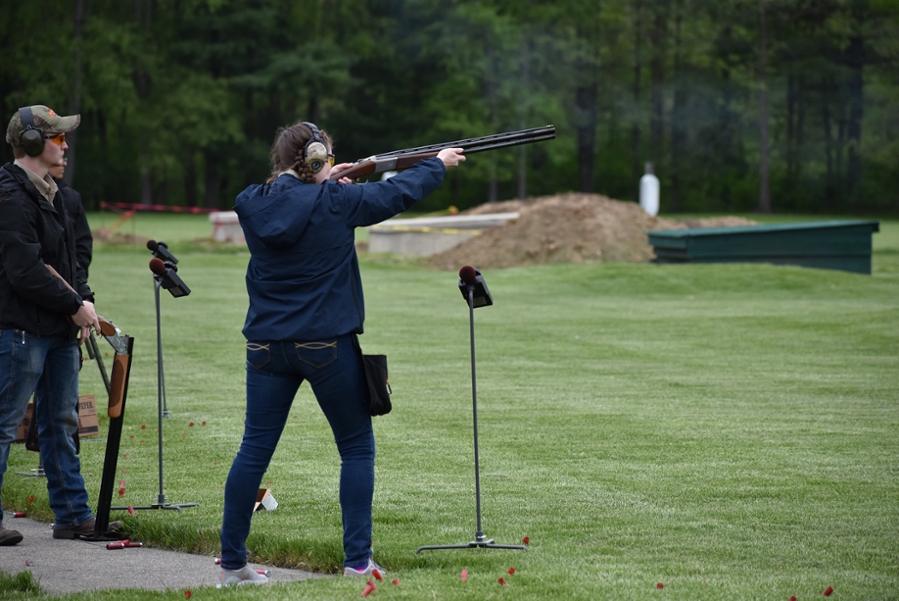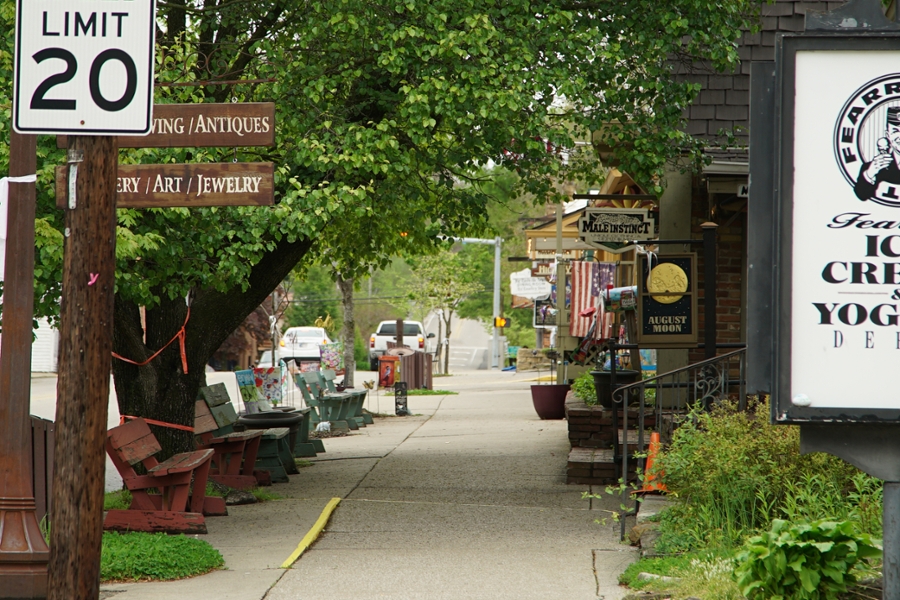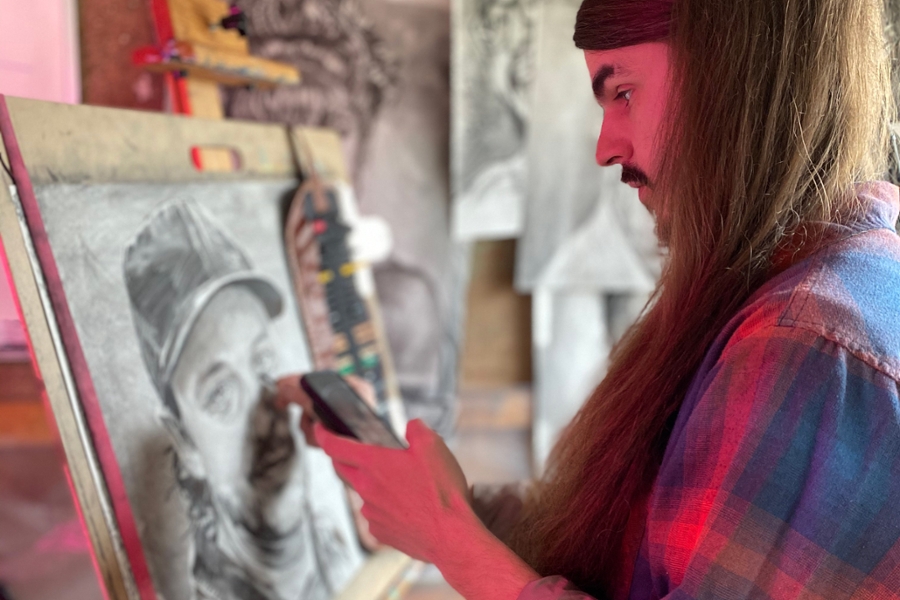Like any state in the Midwest, Indiana places quite a bit of focus on school sports. Football, basketball – they’re not going anywhere anytime soon. But a recent addition to the high school sports canon is growing rapidly, and it’s bringing with it some surprising steps forward in accessibility, as well as its fair share of critics.
Since its introduction just three years ago, the number of teams in the Indiana State High School Clay Target League (ISHSCTL) has exploded from one team in its first season to now 15.
The ISHSCTL is the state division of the USA Clay Target League, which started in Minnesota back in 2001.
Each season sees teams of marksmen shooting at clay targets at their local gun ranges. It’s considered a “virtual” competition, meaning that scores are recorded at each team’s respective range and then filed electronically. The first time teams will compete in the same location this season will be the state tournament on June 1.
“The league has three priorities,” said Ben Huntington, the Indiana state director for USA Clay Target and coach for Oak Hill High School. “Priority one is safety. That’s why they have that perfect record of not a single injury yet. Second of all is fun. And the third is marksmanship.”
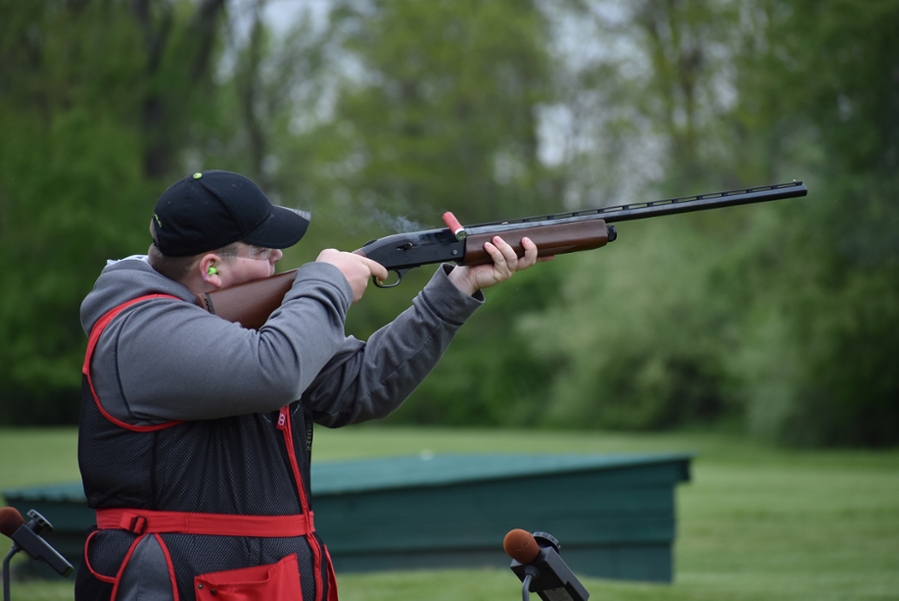
USA Clay Target boasts a clean record of zero reported injuries since the organization’s launch in 2001. Lapel High School Coach John Beeman says that’s because the student athletes take safety very seriously.
“Before the kids can come and shoot and practice, there’s a mandatory safety [process]. You either have to have your state hunter education safety certification, or you have to take the league’s online training course, which is also about a 10-hour course,” said Beeman, who has also spent 10 years teaching clay shooting with his local 4-H organization.
“These kids are real receptive to it, and of course it’s a good sign on their side of things that they follow through with all the safety drills that are placed on them,” Beeman said. “They stick with them.”
Huntington credits the safety record to the students’ and coaches’ vigilance regarding safety protocols.
“The first time there’s an unsafe act, you’re done for the day. The second, you’re done for the season. Obviously, with firearms there is no wiggle room. You have to be safe all the time,” he said.
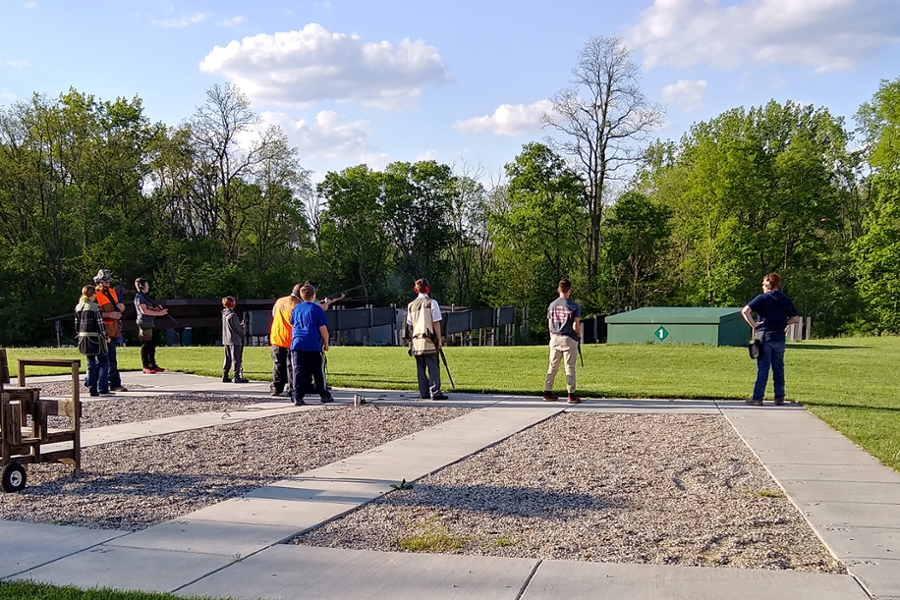
In the ISHSCTL, no practices or competitions are held on school grounds, but rather a local gun range.
Huntington also makes a point to relay to his students that having a firearm on school property is a felony in Indiana. Since the students own and store their guns, there’s sometimes a temptation to keep them in their cars during classes. But as Huntington said, “Saving 15 minutes getting to the gun range is not worth the felony that comes with it.”
Clay target shooting is also a surprisingly accessible sport. Unlike the majority of athletic extracurriculars, boys and girls compete on the same teams and in the same league.
“One girl on our team…she’s got the highest average score of any other girls in the state of Indiana,” Beeman said. “That really does a wonder for the girls when they shoot competitively and are just as good or even better than the boys.”
Beeman’s team, in its inaugural season, is made up of 12 students: three girls and nine boys.
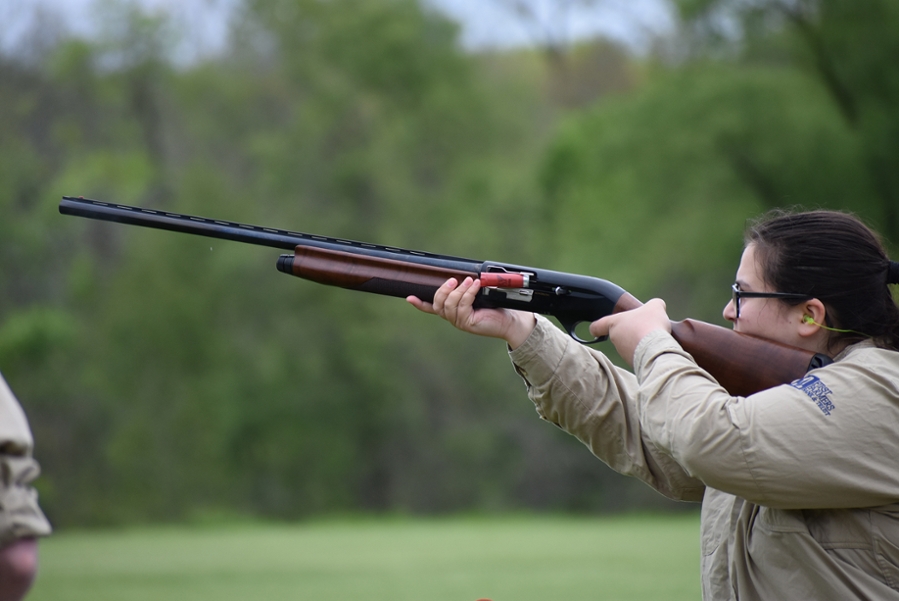
The league describes itself as an “adaptive” sport, meaning that students with physical or developmental disabilities can compete on the same teams as their peers as well.
“As long as they can safely shoot a gun, they are all good and can compete,” Huntington said.
And if funds are an issue for students – the sport is athlete-funded, as to not dent the schools’ savings – Huntington says there are grants and community safety nets in place for most schools in Indiana. He says many communities in Indiana have donated money without the schools asking for it. But not all of the money coming in is local; TIME reports that from 2014 to 2016, the NRA gave more than $4 million to schools and organizations with scholastic shooting sports.
Despite the league’s clean safety record, the sport seems inextricable from the conversation surrounding students’ relationships with firearms. As Huntington says, some schools have raised concerns about the optics of the sport as school shootings continue to occur at alarming frequency. One Indiana school pulled plans for a team following the shooting in Noblesville, Indiana, in which a teacher and student were injured.
But he says he finds it best to remind critics that a sport focused on safety and mass shootings aren’t the same.
“It’s two different spheres,” Huntington said. “You’ve got one where kids have proven that they can be responsible using firearms, and others that – you can’t legislate people. I guess I’ll just leave it at that.”
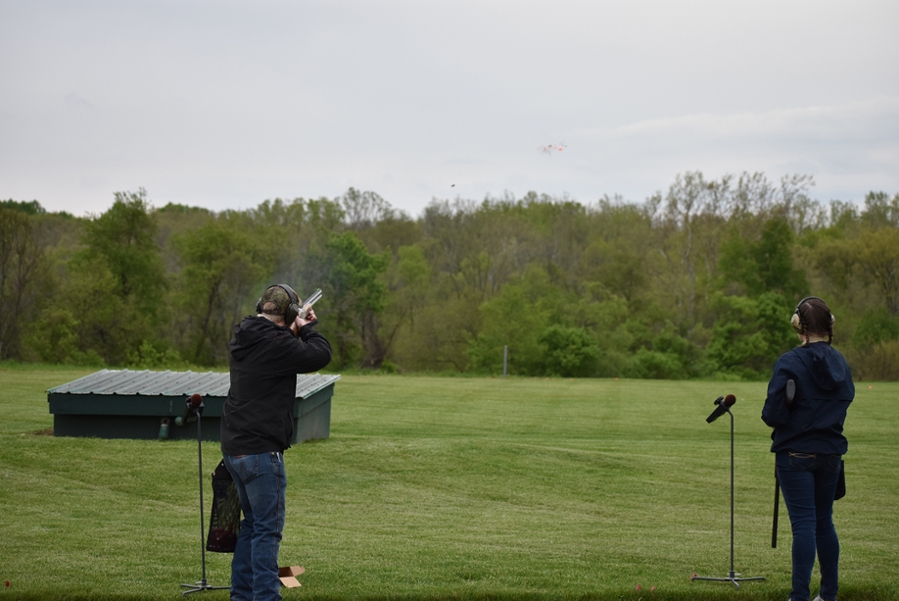
But separating the sport from the larger conversation still might prove difficult for gun critics. Featured on the Indiana league’s homepage is a BuzzFeed News report asserting that gun sellers are optimistic about teenagers as the next generation of gun buyers, and shooting sports may be their best way in.
USA High School Clay Target League Founder Jim Sable (who retired from the league earlier this year) told BuzzFeed, “Why not go to the schools? That’s where the money is.”
When asked for comment on the article and its placement on the ISHSCTL site, Huntington pointed to the league’s mission and history, which emphasize safety, sportsmanship and teamwork, as well as an intentionality to surge youth interest in shooting sports.
“I do believe that the League holds true to this,” he said.
But for the time being, it looks as if Hoosiers are embracing target shooting as the league continues to grow.
“More and more people are understanding how very accessible and easy this is to get started,” Huntington said. “I’m seeing the support at all levels.”

